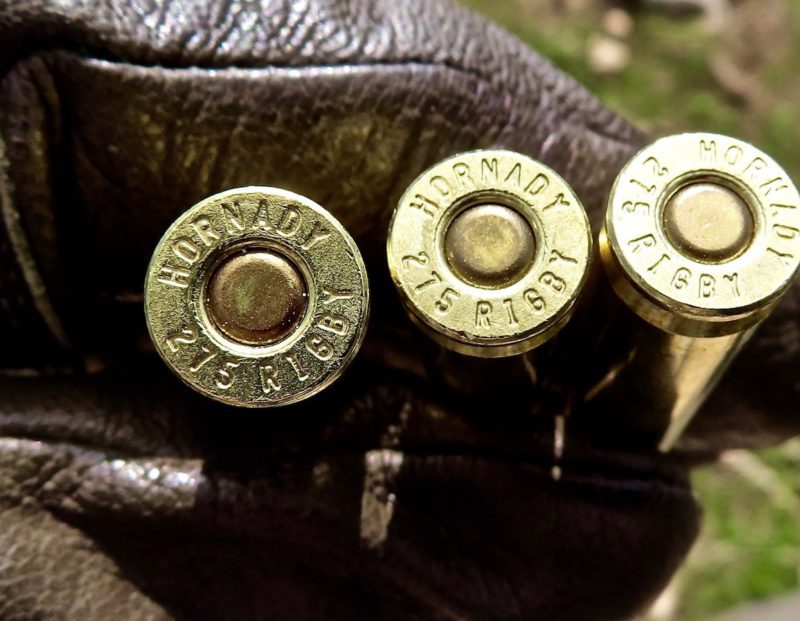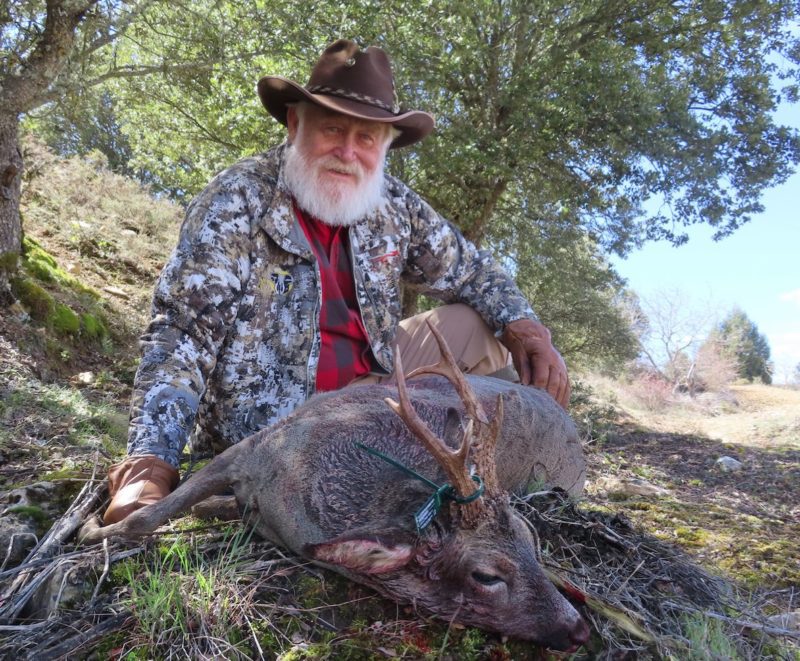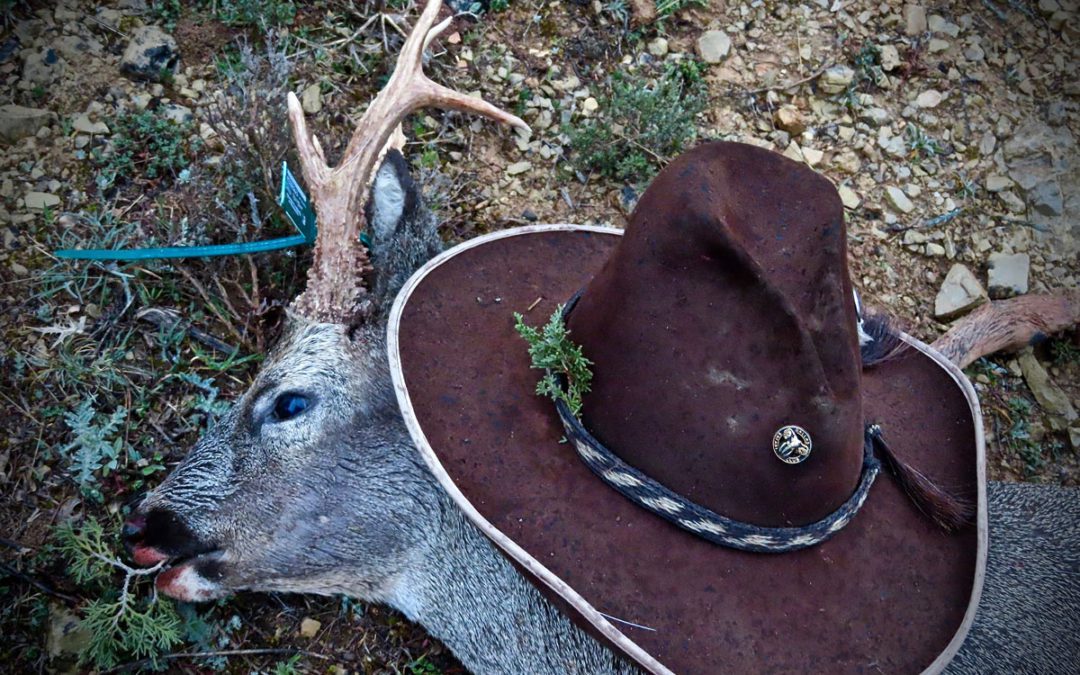“Our roe deer season starts April 1st,” Pedro told me as we drove from Cordoba to Madrid, where I would catch a plane back to Texas. “Most of the bucks should be out of velvet by then and the breeding season will have started. I have properties that are home to really good antlered bucks, some of the largest in all of Spain.”
I stared out the window, looking at ancient ruins. Off in the distance was a huge four-bladed windmill bringing back memories of reading Cervantes’ “Don Quixote” many years ago. A soft rain was falling. Without really thinking I spoke out loud, “The rain in Spain falls mainly on the plain!”
“What?” questioned Pedro.
“Exactly!” I responded. “What days do you have available for me to come hunt roe deer two to three weeks from now?”
Pedro handed me his phone. “Call Scott at Global Pursuit. I do not have my calendar, but he will know.”
I did so, and was informed Pedro had two and half days open in mid-April between a Gredos ibex hunt he was guiding and the time he was taking clients to Namibia. I told Pedro what I learned from Scott.
“If you want to come those days,” Pedro replied, “we can hunt for a couple roe deer on my best property.” I nodded in agreement.
Pedro reached out for the phone. “Scott,” he said, “book those mid-April dates for me. It’ll be a short trip but suspect it will be worth it!”
Before parting company, I handed a short stack of Euros to Pedro, a deposit to confirm dates.
Back home I rushed paperwork through the Spanish Embassy in Houston to procure hunting license and gun permit.

I had to do it all again, even though I was going to be taking the same Ruger No. 1, .275 Rigby, Trijicon AccuPoint variable and Hornady’s 140-grain Soft Point ammo I had just used on my ibex hunts. This paperwork can take as long as a month to procure. Thankfully understanding officials at the Spanish Embassy rushed my paperwork and I got it in less than a week.
A few days later I was back in Spain.
“We’re going to stay at an inn about four miles from where we will be hunting,” Pedro said. “Before we go there I want to drive through part of the hunting area. Roe deer love fresh grass. I want to see which fields are green or growing. That is where we will plan on hunting later this evening.”
“Pedro do you ever see roe deer feeding during the middle of the day?” I inquired. “With hunting whitetails back in the States, I have taken my biggest bucks between the hours of ten in the morning till three in the afternoon. I see a lot of movement those times of the day, particularly during those days when during the night the moon is full or nearly so, or there is a new moon at night.”
“We seldom see mid-day movement,” Pedro replied. “But I guess they could. We seldom hunt during mid-day. If we do see deer, we will stop, get the rifle out of the case in the back and stalk them.”
The first fields we drove through, in between tree and brush covered ridges, had only dried, brown grass. Then we crossed a ridge and headed southeastward. The fields we saw there had fresh green grass. We spotted a doe and last year’s fawn. To see the next field, we stopped atop a ridge, walked a hundred yards and started glassing. “Three deer, five hundred yards on the right side of the field, near the lone tree in the field,” I heard Pedro say.
I spotted them. “At least one of those is a buck, the one on the right. I think the one in the middle may be as well! The one on the right looks massive.” Pedro agreed.
Back at his SUV Pedro pulled the rifle out of its hard case. I grabbed my Hornady ammo.
“Wind is perfect, blowing from the deer to us,” he said. “Follow me through the brush on the right. That should keep us hidden. We will try to get within two hundred-fifty yards. Are you OK with that distance?” I nodded a positive as I slipped on my camo Sitka Gear jacket.
Taking advantage of the wind in our face, the sun high overhead and plenty of brush and tree cover, we cut the distance to two hundred twenty-five yards. There we crawled behind a bush where my bullet would have a clear path to its final destination.
“One on the right!” instructed Pedro as I slid to prone. Where we were set up I had to shoot left-handed, reminding me I had shot my Southeaster Ibex from the left. Before squeezing the trigger, I caught myself turning to see if the cameraman was catching the action. But there was no cameraman. My roe deer hunt was not going to be filmed, a first in many years…no cameraman!
Trijicon crosshairs settled on the buck’s shoulder. I squeezed the trigger. The buck dropped in his tracks! I reloaded and got back on him in case I needed to shoot a second time. I did not need to. I had taken my first Spanish roe deer. I was thrilled!
At the little buck’s side, I accepted Pedro’s congratulations. My roe buck was indeed a good one; three points to the side, massive and tall. The buck’s coronets, back in the States we call them bases, were grown together indicating maturity. I could not have been more pleased. As per Spanish law we immediately tagged my buck, then took photos!
A short time later we loaded my buck and headed to the inn, to take care of the carcass and head skin.
After stowing gear and actually getting to take a short nap I dressed for the afternoon’s hunt, then met Pedro down stairs.
“If OK with you a friend of mine is going to accompany us.”
I told him I was thrilled to have one roe buck “in the salt” and would be honored if his friend hunted with us that afternoon.
We ate a quick afternoon snack; sausage, cheese and bread. Moments later we were on our way to the hunting area. Arrived, we pulled off the highway and started glassing. While Pedro and his friend looked to the north, I glassed to the south. Immediately I spotted what looked like a good buck feeding with six does and fawns in a distant field just beyond the ruins of an ancient homestead, like so many found throughout Spain. I quickly got Pedro’s attention. He set up his spotting scope, took one look and said, “We go!”
I followed behind as we cut the distance to two hundred thirty-seven yards. There they set up to shoot. Alas, the shot went awry, and it looked like a miss, but we found three small drops of blood. Pedro called another friend with dogs trained to find wounded animals.
We spent the rest of the afternoon looking for the buck. What little blood we had found soon played out, and the dogs lost the trail. Obviously, the buck would survive with little more than a scratch, likely less of one than if he had gotten into a fight with another buck.
With precious time remaining we spotted three different bucks. One was a shooter. But before we could get within reasonable rifle range he disappeared into the field’s brushy edge.
That night after we finished a delicious meal Pedro checked the morrow’s weather forecast. I had checked Spain’s weather before leaving Texas and it called for torrential rains and snow in the area we hunted.
“Weather is going to get really nasty,” Pedro warned. “Snow, rain and high winds are forecast arriving here mid-morning and lasting for several days. If that happens roe deer are going to be tough, if not impossible, to find.”
I awoke during the night to the sound of rain. Not good! First light, if you could call it that, was gray and soggy. I looked over at my guide. He was wagging his head in a negative manner as we started walking in the direction where the evening before we had seen one of the bigger bucks.
We walked scarcely two hundred yards when around the bend of the field we spotted a deer. Quick glassing revealed it was a buck, a good buck! “Come!” he said excitedly. I followed Pedro along the edge of the field to get to a place where I could go prone on a reasonably flat spot.
“He is long tined, tall…and old!” said Pedro as I readied for the shot.
My Hornady soft-point .284 bullet put the buck down in his tracks.

Larry with the first of two roe deer he took in Spain, this one taken a near high noon, a time when roe deer normally are not up feeding.
Rain started falling as we walked to my buck. He indeed was a truly good Spanish roe deer, even if he lacked one back point which had not been noticed when we first saw him. But I did not care. The buck was all I wanted in a good roe deer from Spain.
We took photos, took care of the cape, and dropped the meat into a cooler. By the time we finished the rain was falling harder.
“I know we planned on hunting a third deer, but with the weather as it is and likely getting worse, finding deer is going to be tough,” said Pedro. “Too, it is going to get really difficult getting around the property.”
I hated giving up but understood. “Looks like the rain in Spain is mainly falling on the hills,” I said with a smile. “How about we head back to town where I will hole up for a day before flying home. I could use the rest! That too, will give you a day with your family before you leave for Namibia.
“But before we part company, let’s call Scott again and take a look at my coming back for Rhonda and Gredos ibex. Then plan other hunts for the two different species of chamois in Spain, and, another roe deer hunt!”

